
Harpalus is a genus of ground beetle first described by Pierre André Latreille in 1802.

Pterostichus is a very large genus of ground beetles with a Holarctic distribution in the subfamily Harpalinae. It has over 1,200 species. The beetles are predatory, but sometimes feed on strawberries. They can be found under rocks and prefer slightly moist, sandy soil although preferences differ between species.

Poecilus is a genus of ground beetle native to the Afro-tropical, the Palearctic, the Near East, North Africa, and North America regions.
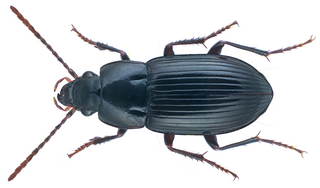
Dicaelindus is a genus in the beetle family Carabidae. There are about 11 described species in Dicaelindus.

Pterostichinae is a subfamily of ground beetles. It belongs to the advanced harpaline assemblage, and if these are circumscribed sensu lato as a single subfamily, Pterostichinae are downranked to a tribe Pterostichini. However, as the former Pterostichitae supertribe of the Harpalinae as loosely circumscribed does seem to constitute a lineage rather distinct from Harpalus, its core group is here considered to be the present subfamily and the Harpalinae are defined more narrowly.

Abacetus is a genus of beetles in the family Carabidae, distributed across Africa, Asia and Australia, with a single European species. It contains the following species:
Chlaeminus is a genus in the ground beetle family Carabidae. There are about 16 described species in Chlaeminus, found in Africa and Asia.

Caelostomus is a genus of beetles in the family Carabidae. It contains the following species:

Argutoridius is a genus of beetles in the family Carabidae, containing the following species:
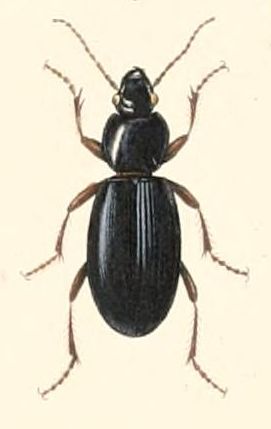
Blennidus is a genus in the beetle family Carabidae. There are more than 120 described species in Blennidus, found in South America.
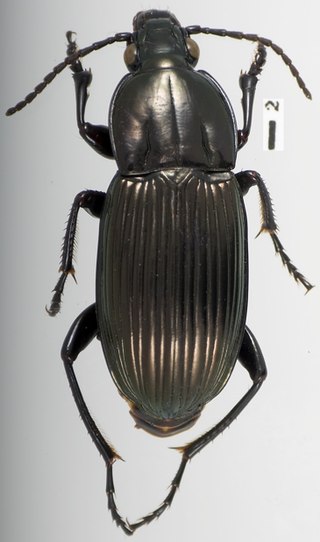
Marsyas is a genus of beetles in the family Carabidae, found in South America.
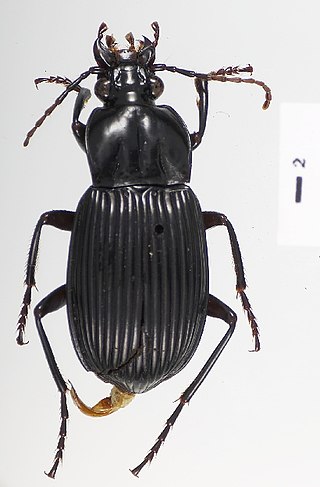
Microcephalus is a genus of in the beetle family Carabidae. There are about 15 described species in Microcephalus, found in South America.

Oxycrepis is a genus in the beetle family Carabidae, first described by Louis Jérôme Reiche in 1843. There are more than 260 described species in Oxycrepis, found in North, Central, and South America, as well as Australia.
Feroniola is a genus in the beetle family Carabidae. There are about 10 described species in Feroniola, found in South America.

Lesticus is a genus of beetles in the family Carabidae first described by Pierre François Marie Auguste Dejean in 1828.

Pachymorphus is a genus in the ground beetle family Carabidae. There are about 14 described species in Pachymorphus, found in South America.

Trigonotoma is a genus in the beetle family Carabidae. There are more than 50 described species in Trigonotoma.
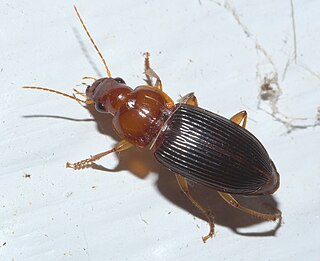
Harpalini is a tribe of a diverse group of ground beetles belonging to the subfamily Harpalinae within the broader family Carabidae. The tribe contains more than 1,900 species.
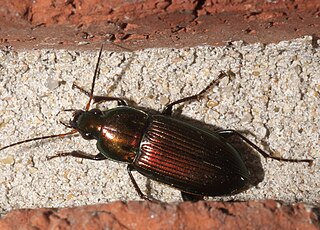
Pterostichini is a tribe of ground beetles in the subfamily Harpalinae. There are about 180 genera and more than 3,800 described species in Pterostichini.
















